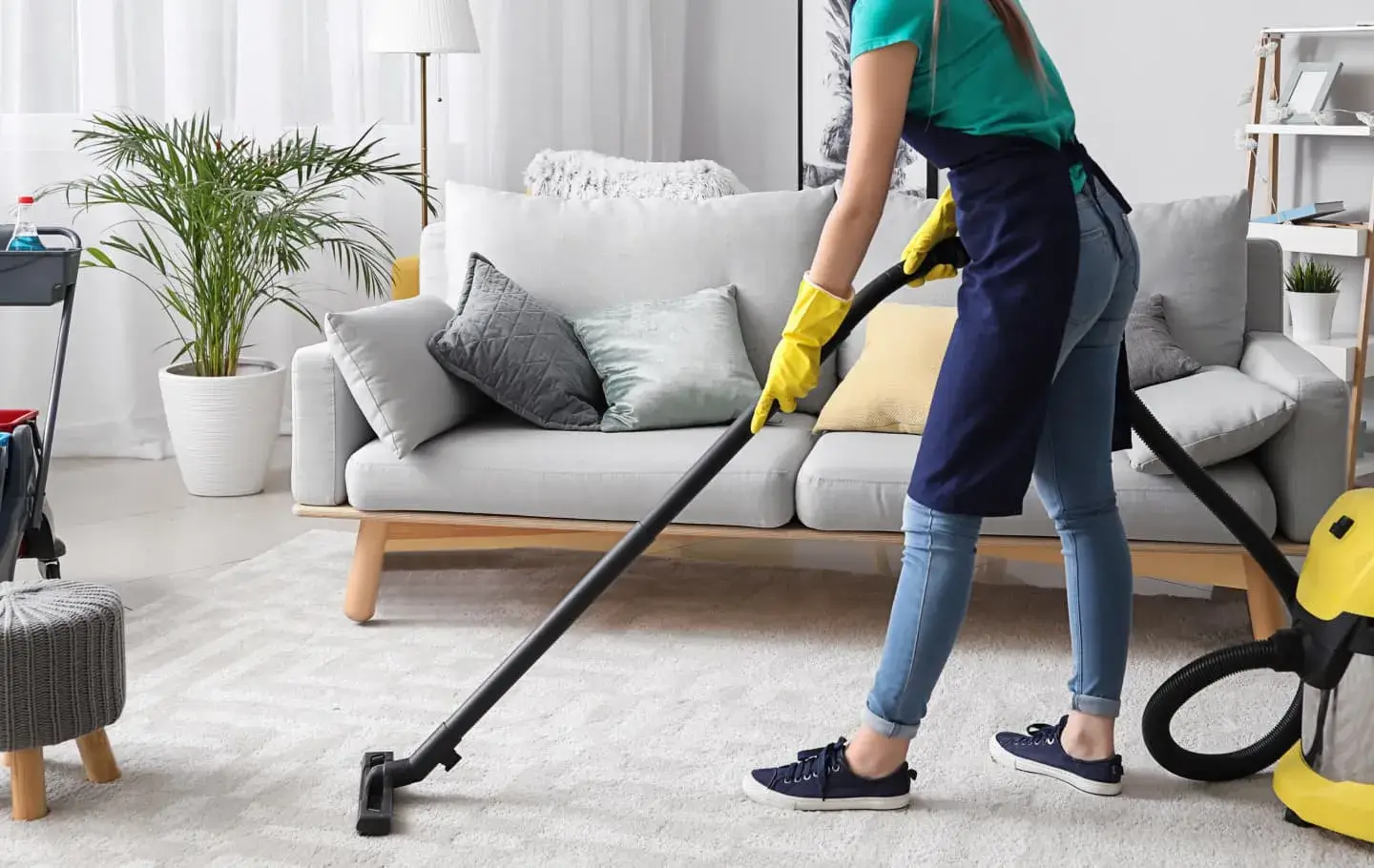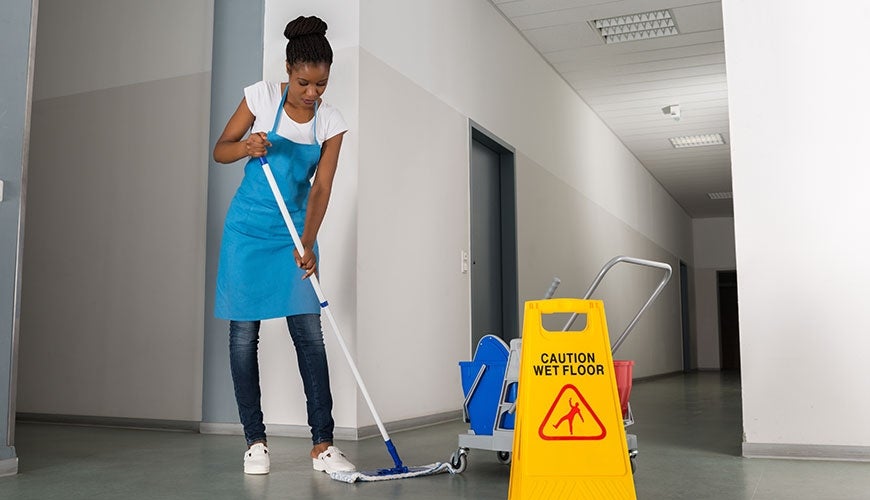The Ultimate Tip to Everyday Cleaning: How to Scrub the Surfaces, Vacuum Carpets, and Clear Out Any Clutter
The Ultimate Tip to Everyday Cleaning: How to Scrub the Surfaces, Vacuum Carpets, and Clear Out Any Clutter
Blog Article
Recognizing the Need for Thoroughly Disinfecting and Sanitizing Regularly Touched Surface Areas in High-Traffic Areas
In the realm of public health and wellness and security, the meticulous sanitation and sanitization of frequently touched surface areas in high-traffic areas stand as vital measures in protecting against the spread of damaging pathogens. By checking out the numerous facets of surface sanitation, from the dangers linked with neglecting cleansing protocols to the effective techniques that can be used, a clearer understanding emerges of the important function these techniques play in safeguarding public health and wellness.
Significance of Surface Sanitation
Stressing the extensive disinfection of high-traffic surfaces is vital in keeping a hygienic atmosphere and protecting against the spread of hazardous microorganisms. High-touch surfaces such as door manages, light buttons, lift switches, and kitchen counters serve as breeding grounds for bacteria and infections. Regular sanitation of these surface areas is vital to minimize the danger of contamination and transmission of health problems.
By executing a durable disinfection procedure, companies and institutions can create a safer environment for visitors, employees, and consumers. Correct surface area disinfection not just minimizes the spread of transmittable illness but also infuses confidence in the sanitation and safety and security of the properties. This proactive strategy demonstrates a dedication to wellness and wellness, which is especially important in high-traffic locations where the probability of exposure to microorganisms is heightened.
Moreover, surface area disinfection plays a crucial role in total infection control strategies. Combined with hand hygiene methods, wearing masks, and maintaining physical distancing, detailed disinfection of high-touch surface areas develops a comprehensive protection versus the transmission of damaging microorganisms. Focusing on surface area disinfection is a crucial component of an alternative approach to health and wellness and safety and security in shared areas.
Threats of Overlooking Cleaning Practices
Disregarding complete sanitation of high-traffic surface areas significantly enhances the danger of microbial and viral contamination, posturing a significant danger to the health and wellness of individuals frequenting these rooms. Failing to implement proper cleaning practices can cause the buildup and spread of harmful pathogens, including viruses and bacteria, on frequently touched surface areas such as doorknobs, handrails, elevator switches, and counter tops.

In addition, ignoring the importance of detailed cleaning not only endangers the health of individuals but also undermines initiatives to maintain a clean and sanitary setting. It is important to identify the importance of proper sanitation methods in stopping the spread of infections and safeguarding public wellness.
Effective Sanitation Approaches
To maintain optimal cleanliness and minimize the danger of contamination on high-traffic surfaces, employing effective sanitation techniques is necessary. One of the most usual and effective sanitation techniques is utilizing chemical disinfectants.
Another effective approach is making use of UV-C light. UV-C light has been shown to be efficient in killing a wide selection of bacteria by interrupting their DNA structure, thus stopping them from duplicating. It is crucial to utilize UV-C light properly, making certain that the right strength and exposure time are used to achieve the wanted disinfection results.
Furthermore, using heavy steam cleansing as a sanitation method can be highly efficient, specifically on surfaces that are heat-resistant. Heavy steam can penetrate permeable surface areas and eliminate germs, infections, and various other virus effectively. When utilizing steam cleansing, it is important to guarantee that the surface reaches the needed temperature level for an adequate quantity of time to ensure correct sanitation.
Influence On Public Wellness
The upkeep of high criteria of sanitation and sanitation on high-traffic surface areas plays a vital function in securing public health and wellness. Often touched surfaces in areas with high tramp, such as doorknobs, hand rails, elevator anchor buttons, and restroom centers, act as reproducing grounds for damaging pathogens. Falling short to properly disinfect these surfaces can cause the fast spread of infectious conditions within areas. By carrying out complete disinfection methods, the threat of transmission of viruses, bacteria, and various other germs can be dramatically lowered.
Reliable sanitation techniques not only shield individuals from falling unwell however additionally add to the total health of culture. Public health authorities highlight the relevance of keeping tidy atmospheres to avoid outbreaks and have the spread of health problems. In high-traffic locations like airports, institutions, hospitals, and public transport systems, the influence of rigorous disinfection procedures can not be underrated. Prioritizing the sanitization of often touched surface areas is a positive method to advertising public health and improving the security of individuals in shared rooms.
Executing Routine Cleaning Up Protocols
Promptly setting up and sticking to a regular timetable of cleaning protocols is paramount for maintaining the cleanliness and safety of high-traffic surface areas. Routine cleaning protocols are important in avoiding the buildup of bacteria and microorganisms on frequently touched surfaces, specifically in areas with high foot traffic. By executing a methodical method to cleaning, organizations can effectively reduce the threat of illness transmission and create a much healthier setting for workers, customers, and the public.
To develop a reliable cleaning timetable, it is vital to identify high-traffic locations that require constant interest. These locations may consist of doorknobs, handrails, elevator buttons, washroom centers, and common equipment. Carrying out a routine cleaning routine that targets these surfaces several times a day can significantly minimize the spread of harmful bacteria and infections.
Moreover, using ideal cleaning representatives and disinfectants is crucial to ensuring that surfaces are completely sterilized. Normal training of cleaning staff on appropriate cleansing techniques and the relevance of adherence to the cleaning schedule is likewise crucial in maintaining a sanitary setting. By focusing on consistent cleaning procedures, companies can promote the health my website and well-being of individuals that interact with these high-traffic surfaces.

Verdict
Finally, it is essential to prioritize complete sanitation and sanitization of frequently touched surfaces in high-traffic areas to protect against the spread of dangerous pathogens and maintain public health. Neglecting proper cleaning techniques can raise the danger of contamination and transmission of illness. By carrying out routine cleaning protocols and making use of efficient sanitation methods, we can produce a safer setting for everybody (Clear Out Any Clutter). It is important to recognize the value of preserving tidy surface areas in high-traffic locations to ensure the health of the neighborhood.
In the world of public health and security, the precise sanitation and sanitization of frequently touched surface areas in high-traffic locations stand as critical procedures in preventing the spread of dangerous pathogens. By exploring the different elements of surface sanitation, from the threats associated with overlooking cleaning methods to the efficient techniques that can be used, a more clear understanding arises of the vital role these practices play in protecting public health and wellness.In addition, utilizing vapor cleansing as a sanitation approach can be very reliable, specifically on surface areas that are heat-resistant. When making use of vapor cleansing, it is important to ensure that the surface reaches the required temperature for a sufficient amount of time to guarantee proper sanitation.
In verdict, it is essential to focus on comprehensive sanitation and sanitization of regularly touched surface areas in high-traffic locations to stop the visit this web-site spread of dangerous microorganisms and preserve public health.
Report this page